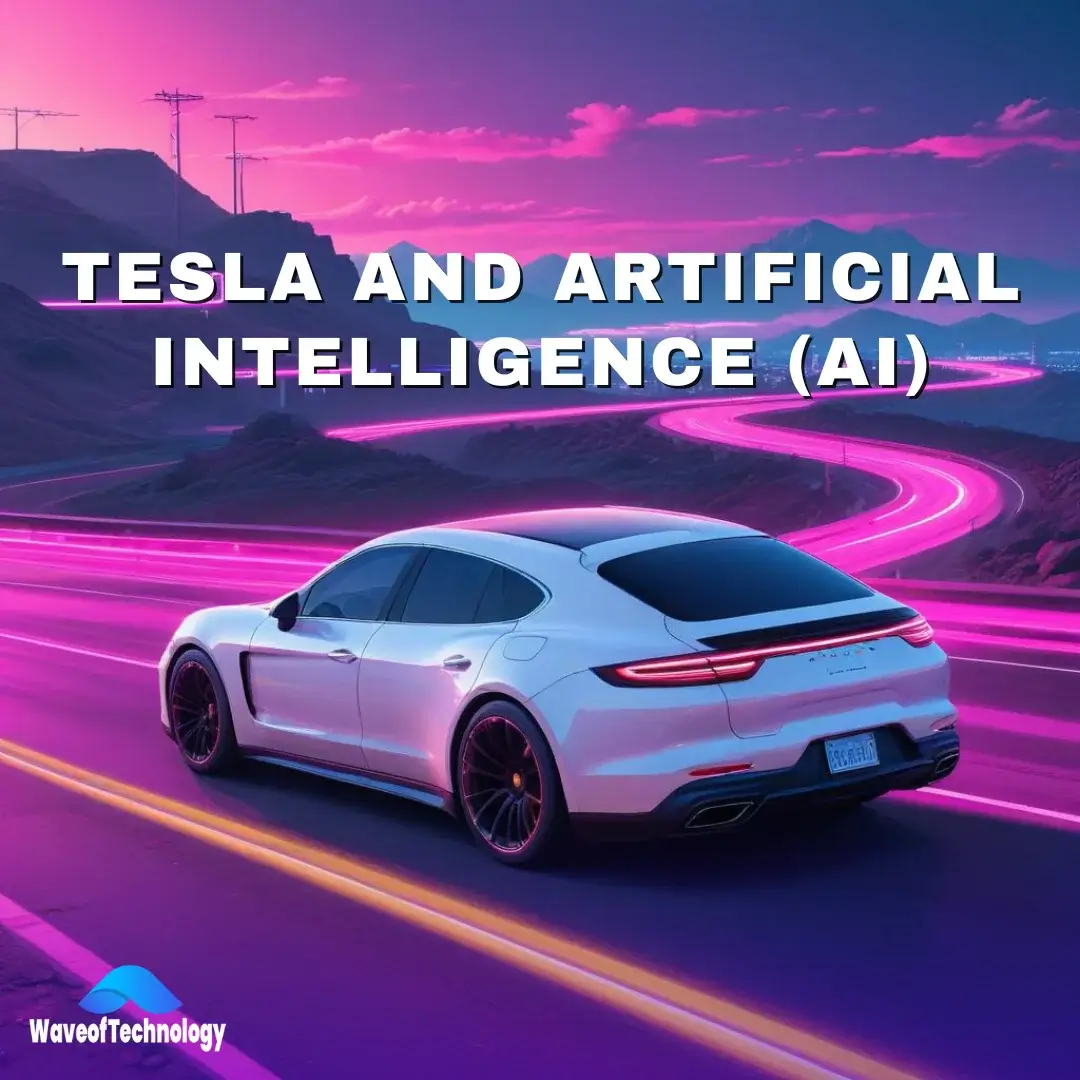In the ever-evolving realm of artificial intelligence (AI), Google DeepMind has taken a significant leap forward with the development of a groundbreaking technology named Video-to-Audio (V2A). Announced recently on DeepMind’s official blog, V2A is poised to revolutionize how music and sound effects are created and synchronized with visual content, offering an unprecedented enhancement to on-screen action. This is a significant advancement in the field of AI for video soundtrack creation.
The Emergence of V2A Technology
The AI research lab of Google, DeepMind, has recognized the limitations of current video generation models, which primarily produce silent videos. The V2A technology addresses this gap by enabling the creation of synchronized audiovisual content. As DeepMind highlighted in their announcement, V2A leverages advanced AI to automatically generate and sync audio elements—including music, sound effects, and dialogues—perfectly with the corresponding video content. This innovation exemplifies the potential of AI for video soundtrack synchronization.
How V2A Works
At the core of V2A is its ability to understand raw video pixels and generate audio that aligns seamlessly with the visual elements. This capability is crucial for creating immersive and engaging video experiences. Unlike traditional methods that require detailed prompts or descriptions to guide audio generation, V2A can autonomously analyze visual cues and produce appropriate audio responses.
One of the standout features of V2A is its sophisticated lip-syncing functionality. DeepMind is focusing on refining this aspect to ensure that the spoken words match the mouth movements of characters accurately. This attention to detail is vital for maintaining the illusion of reality and ensuring a high-quality viewing experience.
The Training Process
The development of V2A involves training AI models on a vast dataset that includes a combination of sounds, dialogue transcriptions, and video sequences. This comprehensive training allows the technology to learn the associations between specific audio events and visual scenes. As a result, V2A can generate audio that not only fits the mood and style of the video but also responds to the narrative context.
DeepMind emphasizes the importance of this extensive training, noting that V2A can adapt to various genres and styles of content. Whether it’s an action-packed movie, a dramatic scene, or a comedic sequence, V2A has the potential to enhance the emotional impact of the visual content through perfectly synchronized soundtracks. This advancement showcases the capabilities of AI for video soundtrack enhancement.
Ensuring Security and Ethical Use
With the introduction of any advanced technology, concerns about misuse and ethical considerations arise. DeepMind is addressing these issues by incorporating SynthID, a watermarking tool, into V2A. SynthID marks all AI-generated content, helping to protect against potential misuse and ensuring that creators and consumers can trust the authenticity of the audio-visual content.
Moreover, DeepMind is committed to gathering feedback from a diverse group of creators and filmmakers. This collaborative approach aims to refine V2A further and ensure that it meets the needs and expectations of the creative community. By involving stakeholders in the development process, DeepMind is taking proactive steps to create a technology that is both effective and ethically sound.
Challenges and Future Prospects
Despite the promising advancements, V2A is not without its challenges. One of the primary concerns is the quality and reliability of the generated audio. DeepMind acknowledges that there is still work to be done to achieve optimal performance. Consequently, they have decided not to release V2A to the general public until it has undergone rigorous testing and validation.
Another significant challenge is the use of copyrighted material in training the AI models. It remains unclear whether the data used in V2A’s development is fully compliant with copyright laws. Ensuring that all content is legally obtained and properly licensed is essential to avoid potential legal issues and maintain ethical standards.
Conclusion
The introduction of V2A technology by Google DeepMind marks a significant milestone in the field of AI-driven content creation. By enabling the automatic generation and synchronization of audio with visual content, V2A has the potential to transform how videos are produced and experienced. While there are still hurdles to overcome, the future of AI for video soundtrack creation looks incredibly promising with AI at the helm.
As DeepMind continues to refine and enhance V2A, the creative possibilities for filmmakers, content creators, and audiences are boundless. The integration of AI in audiovisual production not only enhances the storytelling experience but also opens up new avenues for innovation and creativity. With continued research and development, V2A could become an indispensable tool in the arsenal of every content creator, ushering in a new era of synchronized, immersive, and engaging video experiences.








